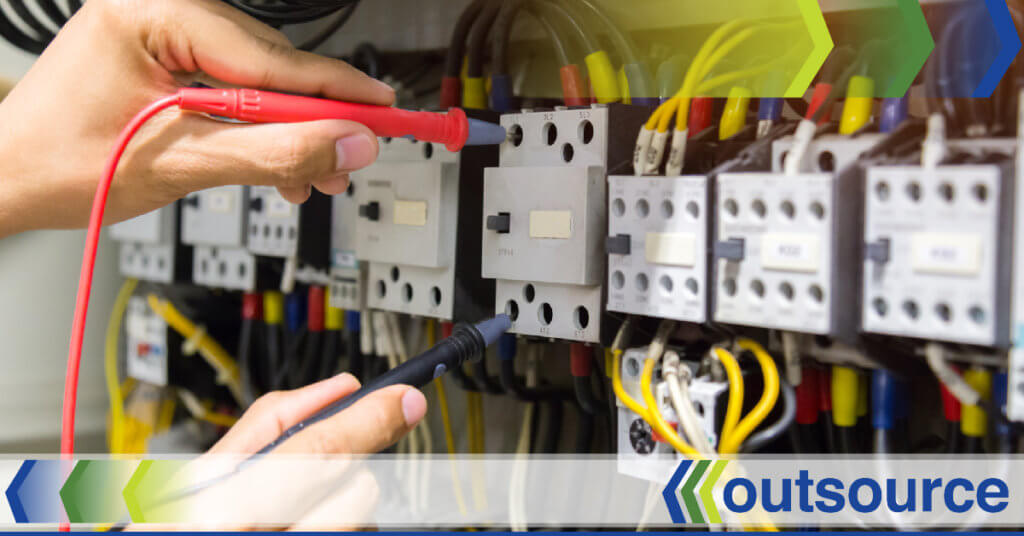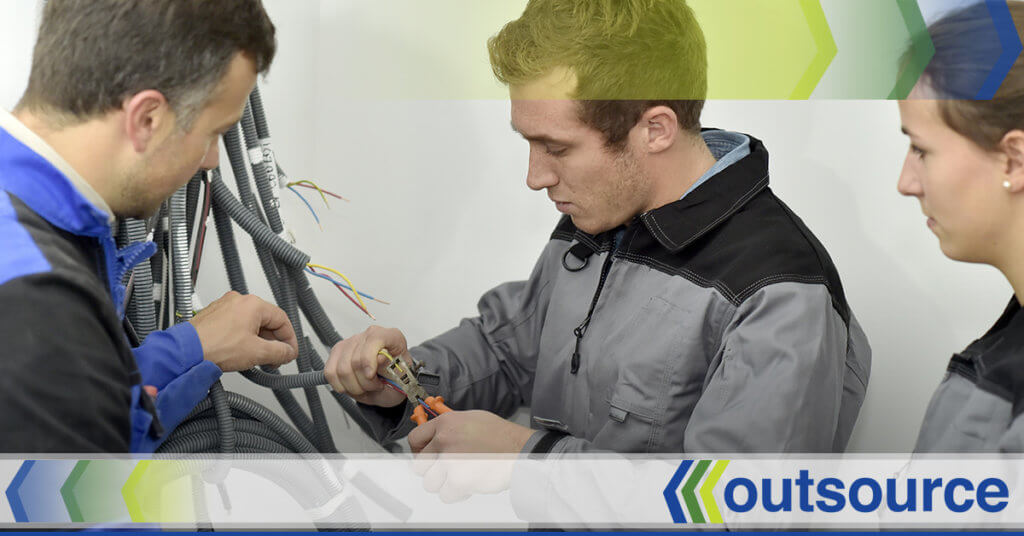
Every job has its risks, some more than others. It’s always critical to understand those risks and to know what methods to use to ensure everyone’s safety. Even when your employees are working with the best wire and cable materials, there will always be electrical hazards to concern you.
Here are some safe cable-pulling practices that you should pass on to your workers to create a safer working environment for them:
Have a Safety Plan in Place
The plan would include emergency actions, evacuations, and meeting building codes. A safety plan will be invaluable if there are problems, and it will also help mitigate any legal issues.
Avoid Do-it-Yourself Electrical Projects
Only trained and experienced professional electricians should be involved in cable and wire installation. Amateurs and electricity make a dangerous combination. Do-it-yourself projects are relatively safe endeavors until it’s time for the electrical work. Whether it’s on the job or at home, the electrician, who is experienced and familiar with cable installation, is the one to call. Electricians already understand safety protocols and guidelines, so don’t take any chances by doing it yourself.
Check Your Equipment
Although faulty wiring can lead to safety hazards, so can equipment that isn’t operating properly. You can reduce risks by ensuring your machinery is in working order, and the tools you’re using to handle the wiring and cables are the right ones for the job.
Be Aware of Your Surroundings
You never know where you’ll be asked to install wire and cables. It could be some out-of-the-way location where you’ll be working in an awkward position. You might be working at great heights or underground, out in the open or in a concealed space. You could even be working in proximity to water.
Check out the area ahead of time, and identify any potential safety concerns. Be aware and then prepare.
Dress For the Part
Wear protective clothing whenever you’re handling cable and wire. The potential for sparking or other electrical risks is always there, so flame-retardant clothing is a safe bet. Use non-conductive gloves and protect your eyes with safety glasses. If you’re in an area with the possibility of falling material, wear a hard hat. Specific shoes can prevent slipping and protect your feet if you drop something on them.
Test Everything You Have Wired
Before you allow access to the work area, test everything several times. Even though it’s connected, there is no guarantee it’s working correctly. Thorough testing will tell you whether it is and will save you time and aggravation down the road.
Make Sure the Cable Placements are Correct
Once you’ve finished testing the connection, all that’s left is to make sure the cables are placed so that they don’t interfere with daily activities. Also, be sure to safely dispose or store old, unused, or extra cable or wire.
Let Outsource Find the Best Electrical and Cabling Workers for You!
If you would like assistance finding your next electrical professional, contact the experts at Outsource. We are the largest staffing firm in the nation specializing in the placement of low voltage and electrical talent.

Discover The Power of Real Partnership
Let's talk about the world of possibilities and how we can partner to make them a reality.
Our Latest Resources
What's new in the world of work? Check out the latest highlights, including staffing trends, top insights and more.
Be Ready to Answer These Questions at Your Next Job Interview
Whether this is your first job interview or you've done several already, you will probably find yourself with a case of nerves as it begins...
Maneuvering Your Job Search Through a Pandemic
A global pandemic means times are uncertain, stressful and even a bit frightening. While the COVID-19 outbreak has not only caused a health crisis it has also caused an economic crisis as well...



